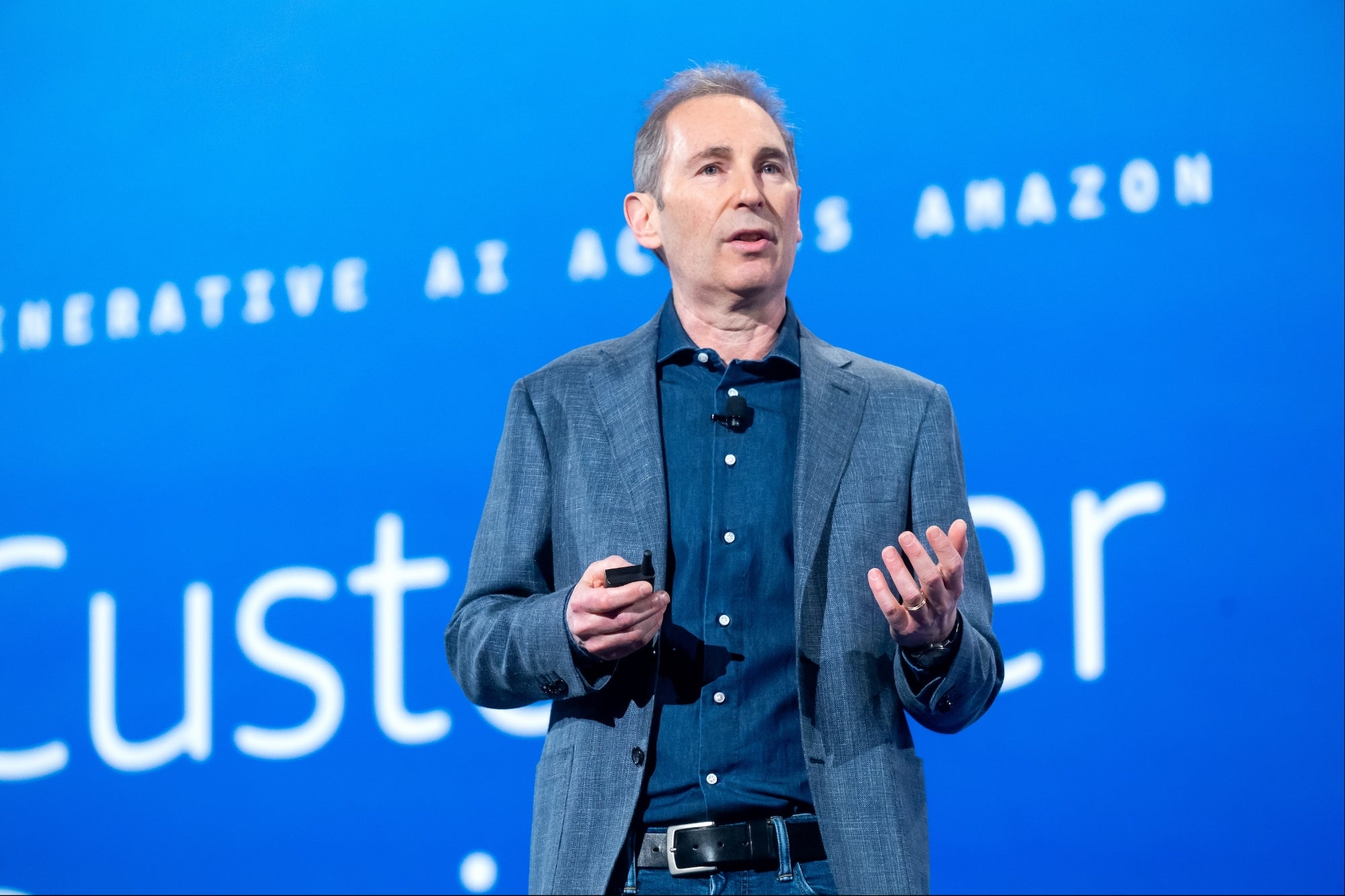MQLs Are Dead: 10 Reasons Why Understanding why MQLs are finished is crucial to learning how to move forward and optimize your inbound marketing strategy
Opinions expressed by Entrepreneur contributors are their own.
You're reading Entrepreneur India, an international franchise of Entrepreneur Media.

Those in sales and marketing know that timing is everything. In today's times, responding to interested leads within minutes can be the difference between capturing a lead or letting a potential buyer go. A Harvard Business Review study found that those who took more than five minutes to respond to inquiries significantly decreased their opportunity to connect with potential prospects. Even more alarming, less than 5 per cent of companies have the capabilities to respond to prospects in that frame of time.
Any missed opportunity to bring a lead further down the funnel is potential revenue lost. Marketing qualified leads, shortened to MQLs, are no longer serving their primary purpose. The issue is that they are just too slow. By the time a potential conversion has made it down the funnel, they have lost a significant amount of interest. Understanding why MQLs are finished is crucial to learning how to move forward and optimize your inbound marketing strategy.
#1 They aren't focused on the buyer
Buyers want answers and solutions quickly. Unfortunately, the MQL process is not designed to answer this need. While the MQL process is not tailored for the buyer, it is also of no interest to the seller, who is more invested in developing relationships with accounts. With a current MQL strategy, interested buyers too often get lost in a sea of automatic emails, phone calls, LinkedIn exchanges, and invitations to various industry events.
#2 There is poor optimization between sales and marketing
It is no secret that organizations with tightly aligned marketing and sales functions enjoy better results and experience more optimized operations. When sales and marketing efforts are properly aligned, organizations typically witness 38 per cent higher sales conversion rates. MQL perspectives do not lend well to this concept. In an MQL system, marketers often do not understand the sale's teams target and goals, which can significantly impact their outreach and how they play their role in the overall process.
#3 The process is too slow
Research shows that most interested buyers require a response in less than five minutes to stay engaged with moving ahead in the buying process. Anything longer than five minutes significantly decreases your chances of moving a buyer further into the process and potentially converting them. One of the most significant downfalls of MQLs is that it takes, on average, about 48 hours until a salesperson reaches the buyer, which is simply not good enough to beat out the competition.
#4 Your competitors have moved on
If your competitors have moved past the inquiry form and have a live chat window on their website, they are already ahead of you and well into the rest of the curve. Now, all your prospects have to do on your competitor's page is initiate a chat to have their concerns and questions answered. If your organization is still using an MQL approach and delivering forms, you are falling behind the competitor because your prospects do not want to wait while you work the process.
#5 Buyers want to be treated like humans
MQL systems that require interested buyers to answer an enormous number of questions before talking to a real, live person are not only obsolete, they are ineffective. A substantial issue with MQL processes is that they make buyers feel like they are being interrogated before having an initial conversation. Rather than discerning what a buyer is trying to achieve and determining how you can help them, MQLs leave buyers feeling like they have to work too hard to give you their business.
#6 There are better marketing models
Since the introduction and use of MQLs, much better performing and more efficient marketing models have emerged. Organizations that have improved their marketing systems have rendered MQLs obsolete, and moved on to different processes of driving conversions, brand, and revenue. You need to experiment what works the best for your organization.
#7 There are too many steps
There is nothing streamlined about the MQL process. It requires an excessive number of steps that can severely slow down the selling and conversion process from start to finish. A staggering 81 per cent of tech buyers will leave rather than fill out a form to receive more content or progress further into the process, and that is only the first step. The more steps required in a marketing process, the more opportunity for buyers to abandon their journey.
#8 Conversational marketing is taking over
Marketing leaders know that there is no such thing as complacency in the marketing and sales industry. Even if something isn't working, it doesn't mean that it can't be improved upon, and that is precisely what conversational marketing has done. Rather than relying on a series of steps to move a buyer through the marketing process, conversational marketing has created a system that delivers immediate response. Over 45 per cent of companies are implementing bots and live chats on their sites.
#9 MQLs have not modernized
While MQLs have held on for a long time, it is time to recognize that this is a process that no longer works within the system. Technological advances have quickly and vastly changed the landscape of both business and marketing, and it is crucial to align sales and marketing processes to work within these pivotal shifts.
#10 It takes too long to produce ROI
In today's climate, CMOs and marketing leaders need to understand what is working for their organization and what is not producing results. As the process of MQLs takes a substantial amount of time, so does ROI. With plenty of alternative marketing processes that more readily produce ROIs, this is not a marketing system that can continue to compete within the inbound marketing space.
The bottom line
For marketing functions to be adding up to 15-25 per cent to an organization's overall revenue, it is crucial to ensure your team efforts produce results and align with the organization's OKRs. CMOs and marketing leaders now need to take the time to determine whether MQLs are truly best serving their company's objectives. They no longer produce the desired results they once did, and it is time to move onto marketing strategies that create results. What models are you using?











